Wilderness Therapy Programs as a Gap Year Option
The topics wilderness therapy and gap year conjure up unique and completely different, yet emotionally filled assumptions and stereotypes. I am not a betting woman, but I am willing to bet that what you are envisioning may be grossly inaccurate of what these types of opportunities can provide. Let us just play a game for a minute. I will pretend to describe in detail what you might have thought when you initially read the topic.
For wilderness therapy, you assumed behaviorally out-of-control and substance abusing kids who need to be sent to a boot camp-type program to get “back in line.” That might have been the typical client profile client back in the 1980’s and 1990’s, but in 2020 that profile is more of the minority. Curious about the history of wilderness therapy? Courtesy of Dr. Will White, you can read all about it. Right now, most wilderness programs are serving adolescents and young adults who are internalizing their issues. There are a lot programs across the US and abroad, and each is vastly different than the next. From the Therapists and clinical approach, to the client profiles, average length of stays, cost, and programming format. Let me repeat, not all wilderness therapy programs are the same. A theme between most of these programs is that they are enrolling people who are anxious, isolated, depressed, struggling to launch into adulthood, and self-medicating. In this case, nothing can be more therapeutic than wilderness therapy.
For therapeutic gap year programming, you assumed a full -12-month expedition that spanned over several countries and cost an arm and a leg. You believe most of these people never matriculated to college, and are still out roaming the world, continuing to fuel their wanderlust. As a lover of international travel, anyone who participates in a gap experience if filled with a drive and curiosity to engage with and support different cultures; domestically and internationally. According to the Gap Year Association (GYA) annual reporting, a majority end up going to college within a year following their gap year experience. From that same report you will also learn that those who participate in a gap year not only go to college, they end up graduating faster than their high school peers who enrolled in college immediately succeeding high school. The most exciting of all is the growing list of college and university deferral policies, as schools continue to see the benefit of those who participate in gap year programs before enrolling on campus.
Supporting Your Young Adult Through a Therapeutic Gap Year
With the growing discussion around high school Seniors and current college students exploring gap year options instead of enrolling or re-enrolling in college for Fall 2020, it’s important for everyone to understand that there may be valuable opportunities that may technically represent outliers when you go to Google for “gap year” programs. In fact, I’d even recommend hiring a professional to help find that exact therapeutic gap year opportunity you’re looking for, rather than leaning on Google. You would not rely on Google to help you buy a house, so why would you do that for a similar investment in your young adult’s future?
What is important to highlight outside of hiring a professional is some of the similarities and takeaways from participating in a wilderness therapy program. Young adults will walk away with more self-confidence, stronger communication and interpersonal skills, self-awareness and reflection, increased maturity, increased motivation (for job, school, etc.), and having been a part of and engaged with a small community of peers. If you look at the GYA data on what student identify having gained from participating in Gap Year programs, you will read this as nearly identical. The only difference is that wilderness therapy included clinical programming. That is means individual therapy and group therapy in an outdoor setting. Most parents don’t realize their young adult needs clinical support, but sometimes it’s the opportunity to slow down, open up, and work through a mindset of perfectionism that allows these young people to turn around and be successful post-graduation.
When you go to the GYA website you will find very few “wilderness therapy” programs that are members of the organization. In fact, you may only find one. Most wilderness programs could benefit from young adults participating as a non-traditional gap year opportunity. View it as a proactive adventure, rather than a reactive resource when things fall apart.
For questions or comments contact Joanna.
